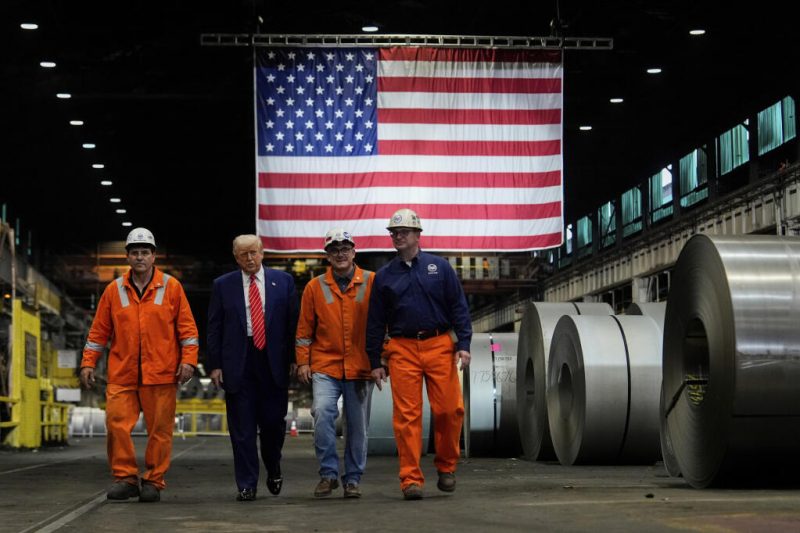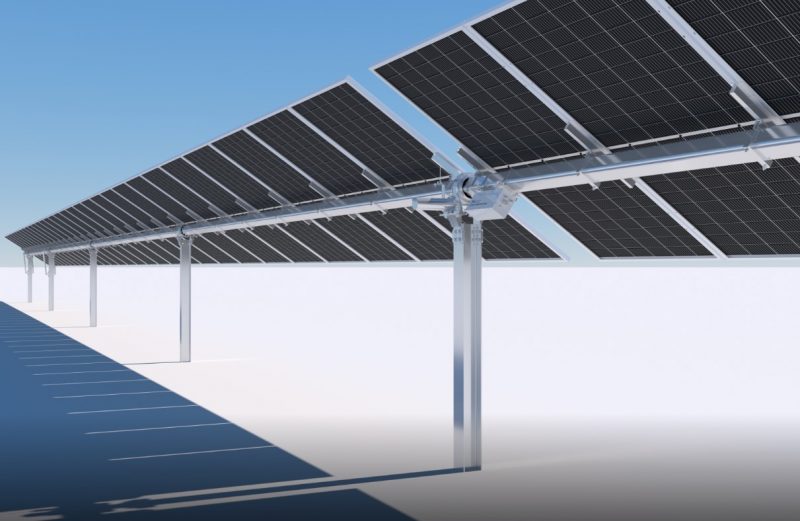
US Steel Prices Set to Surge After 50% Tariff Increase
President Donald Trump’s recent decision to double the Section 232 steel import tariff from 25% to 50% is expected to ignite a renewed price surge in the US steel market. The move, announced on May 30, has already caused a jump in hot rolled coil (HRC) contracts for July and August, with prices climbing by over $100 per short ton. As a result, prices are now anticipated to surpass the previous 2023 peak of $900 per ton, recorded in April.
The increased tariff aims to reduce low-cost steel imports flooding the US market and protect domestic steel producers. Following the reinstatement of 25% tariffs in 2023, US steel prices had risen by nearly 40% in the first quarter. However, the price increase stalled in May as uncertainty over future tariffs caused many steel buyers to adopt a “wait and see” approach. With the new 50% steel import tariff in place, the upward price trend is expected to continue.
Impact on Domestic and International Markets
The new tariff will have significant consequences for both the US steel market and international trade. Domestic steelmakers are poised to benefit from reduced competition and higher selling prices, but the higher costs will likely be passed on to US manufacturers, raising production costs. This could result in inflationary pressures, potentially diminishing steel demand in the longer term.
Additionally, countries that export steel to the US, such as Canada and European nations, have expressed concern over the 50% steel import tariff hike. Canada, which exported 50% of its steel production to the US in 2024, has voiced frustration over the impact. The Canadian Steel Producers Association (CSPA) has criticized the US move, with CSPA CEO Catherine Cobden saying that a 50% tariff effectively “closes” the US market to Canadian steel.
For Europe, the 50% steel import tariff will likely exacerbate existing challenges. European steelmakers, already dealing with low demand and tight profit margins, may struggle even more to compete against low-cost steel imports. According to MEPS analyst Kaye Ayub, many European producers are already cutting back on production, with some plants shutting down as they can’t compete on price.
The Future of US Steel Tariffs and International Reactions
While the 50% tariff has garnered significant attention, the new US-UK Economic Prosperity Deal has somewhat softened the impact on UK steel exports. The agreement has kept UK steel tariffs at 25%, but this could change as soon as July 9, 2025. If the deal does not meet compliance standards, the tariff could increase to 50%, placing UK steel exporters at a disadvantage.
US steelmakers, while benefitting from the price surge, face a balancing act. As prices rise, they may see increased profits, but the higher costs could depress demand. The rising costs also threaten to increase inflation in the US economy, which could hinder steel consumption in the long term. Cleveland Cliffs CEO Lourenco Goncalves has called on the US Federal Reserve to lower interest rates to help sustain steel demand amid the 50% steel import tariff.
SuperMetalPrice Commentary:
The doubling of the Section 232 steel tariffs is a significant move that will reshape the US steel market and global trade relations. While the increased tariffs offer protection for domestic steelmakers, they also pose challenges for US manufacturers and foreign exporters. The future of US steel prices will hinge on how these tariffs impact supply and demand dynamics, both domestically and globally. As the situation unfolds, the international steel community will need to navigate these tariff-related complexities and adjust their strategies accordingly.











Leave a Reply
You must be logged in to post a comment.